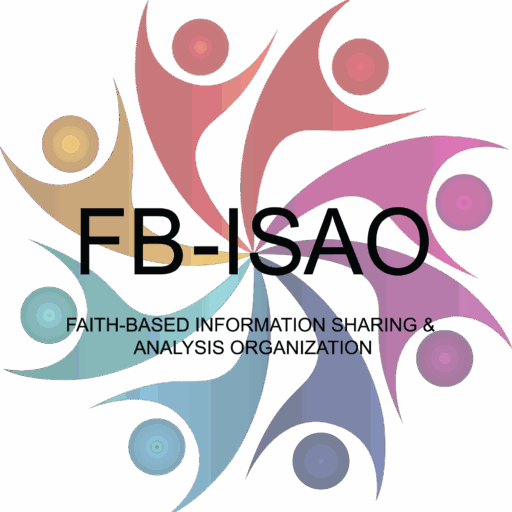Mayya Saab, of the Faith-Based Information Sharing and Analysis Organization (FB-ISAO) had the honor of attending the Multi-Faith Targeted Violence Roundtable meeting at FBI Headquarters on 18 June 2019. This was a meeting between leaders of faith-based organizations (FBOs) and members of government, who are given the difficult task of preventing bias-based attacks on religious institutions. Safety of houses of worship is a mammoth task and one that government cannot do alone, so the task requires close collaboration between government, faith-based leaders and the community. Representatives from the Christian, Muslim, and Jewish faiths included leaders from the Christian Emergency Network, Secure Community Network and the Muslim Public Affairs Council.
There were multiple presentations such as:
- Counterterrorism and Criminal Investigative Divisions Threat Briefs
- Communal Response to Mass Casualty Incidents
- Pre-Attack Behaviors of Active Shooters
Especially poignant were presentations on lessons learned from the Sutherland Springs Church Shooting. During that presentation, a deep discussion on the assailant’s behavior leading up to, and including, the day of the shooting took place. Another presentation covered the Oak Tree Temple Shooting. This presentation was particularly personal for the FBI agent who responded to the event since the Oak Tree Temple was his house of worship and some of the victims were his family members. There was a discussion about the effect of these types of incidents on law enforcement personnel. On multiple occasions, attendees expressed gratitude to law enforcement for their work on protecting houses of worship.
The FBI provided information about the current threat environment. Here are some key points for the community to note:
- Most perpetrators of crime against religious institutions are males between the ages of 19-25
- As of late, violence comes first (that is an act is committed) and then the perpetrator picks an ideology after the attack
- There were 66 cases of domestic terrorism in the first half of 2019 as compared to 115 in all of 2018
- Domestic Terror Groups are less threatening than individuals based on reported cases of domestic terrorism
- The internet and gaming are contributors to violent behavior
- The average planning phase for a violent crime is 1-2 months
- The average preparation phase for a violent crime is less than 24 hours
- Most perpetrators of violence have bought their weapons legally
The FBI and DHS issue and maintain multiple products designed to inform and educate FBOs and individuals on what they can do to prepare for hostile events. Here are publications that were specifically referenced during the meeting:
- Pre-attack behaviors of active shooters between 2000 and 2013
- Making Prevention a Reality
- Homegrown Violent Extremists Mobilization Indicators
What can an FBO do?
- Reach out to local law enforcement and establish relationships
- Start preparing an emergency plan. There are many resources available to help an FBO prepare for an emergency – which planning document you use depends on preference
- Join FB-ISAO. FB-ISAO issues reports to help FBOs mitigate risk and to become more resilient. FB-ISAO also encourages collaboration between members so that they can learn from each other. Members can also share best practices and support each other’s preparedness activities
The meeting concluded with a deep commitment to public private partnerships – that is partnership between government and private organizations, like FB-ISAO. Also affirmed was the need for greater communication and collaboration between government and faith-based groups. Although this meeting was the first of its kind, it is expected that there will be future meetings to follow-up on action items and to establish an on-going dialogue between government and faith-based leaders and their communities.


